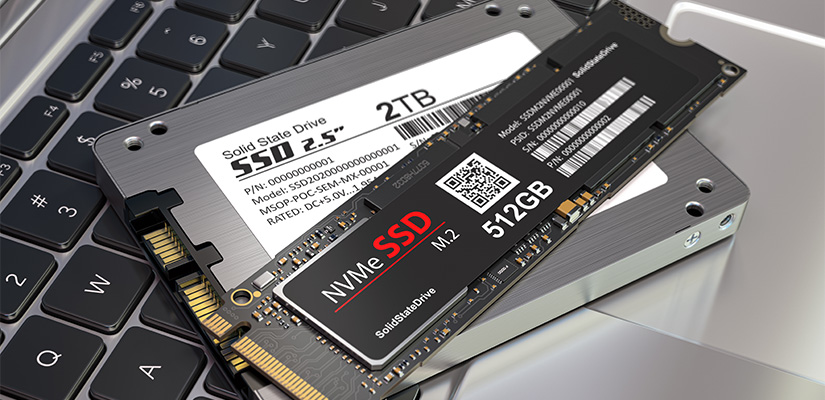Solid State Drives (SSDs) have revolutionized data storage with their speed, durability, and efficiency. But when it comes to data recovery, SSDs are not your friend—and if you’re facing data loss, you might be shocked at how expensive SSD recovery can be compared to traditional Hard Disk Drives (HDDs).
In this post, we’ll break down why SSD data recovery costs more, what makes it so complex, and what you can do to protect your data before disaster strikes.
Do SSDs Fail?
Yes, absolutely. While SSDs have no moving parts—unlike HDDs—they can still fail due to:
- NAND flash wear-out (limited write cycles)
- Controller or firmware failure
- Power surges or sudden shutdowns
- File system corruption
- Physical or electrical damage
When they do fail, recovery becomes tricky.
Why SSD Data Recovery Is More Expensive
- Complex Architecture
Unlike HDDs, which store data in a predictable, linear format, SSDs use advanced technologies like:
- Wear leveling
- Over-provisioning
- Flash Translation Layers (FTL)
These processes scatter data across NAND chips, making it incredibly difficult to trace and reconstruct files.
Recovery tools need to mimic the SSD’s logic, which takes time, skill, and proprietary software.
- TRIM and Garbage Collection
Modern SSDs use a feature called TRIM to immediately erase deleted data, rather than just marking it as “free space” like HDDs.
While this improves performance, it makes recovery of deleted files nearly impossible—because the data is genuinely gone.
Fewer chances for success = higher cost per attempt.
- Chip-Off and Forensic Recovery Techniques
When an SSD’s controller fails, traditional software-based recovery won’t work. In these cases, specialists must:
- Remove NAND chips from the board (called chip-off recovery)
- Use microscopes, soldering tools, and special adapters
- Reconstruct the file system manually
This is labor-intensive, time-consuming, and expensive.
- Built-In Encryption
Many SSDs come with hardware-level encryption—great for data security, but a nightmare for recovery.
If the encryption key is stored in the failed controller, even if you recover the raw data, it’s unreadable without the key.
Without the original encryption credentials, recovery is often impossible.
- Proprietary Firmware & Controllers
SSDs differ widely in architecture based on:
- Brand
- Model
- Controller type
- Firmware version
Each configuration may require a custom recovery process. HDDs, by contrast, are more standardized and easier to work with.
More variation = more cost to develop and run recovery tools.
HDD vs SSD Data Recovery: Cost Breakdown
| Type of Recovery | HDD Recovery Cost | SSD Recovery Cost |
| Logical (deleted files, errors) | $100–$500 | $300–$1,000+ |
| Physical (crash, failure) | $500–$1,500+ | $800–$2,500+ |
| Controller or firmware failure | Less common | Specialized, $$$ |
| Encrypted drive (w/o key) | Sometimes recoverable | Often unrecoverable |
How to Avoid Expensive SSD Recovery
You can’t always prevent hardware failure, but you can protect yourself from costly data loss:
- Back up regularly – Cloud storage, external drives, or NAS.
- Avoid writing to a failing SSD – You could trigger TRIM and wipe remaining data.
- Keep encryption keys safe – Without them, recovery may be impossible.
- Use surge protection – Especially for desktops and workstations.
- Monitor SSD health – Tools like CrystalDiskInfo or your OS’s SMART monitoring can help.
Final Thoughts
SSDs are amazing for performance—but a nightmare for recovery. Their speed and technology come at a cost: more expensive, more complicated data recovery when things go wrong.
If your SSD fails, stop using it immediately and consult a professional. Every write operation could be overwriting what little recoverable data remains.

